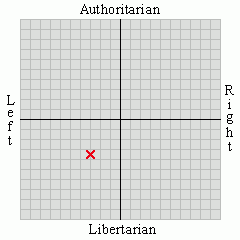All the usual nonsense is there about identifiable spending per head and spending as a share of GDP, which I’ve rebutted to death previously - oil and gas revenues are missed out for Scotland; beneficiaries of non-identified spending are ignored; there’s no attempt to quantify the costs of delivering public services between areas; no effort is made to calculate the balance between revenue and expenditure; there's no explanation of the different levels of spending between English regions; and there’s no acknowledgment of UK borrowing. So, after you've obtained some distorted figures, you claim that your international borrowing is actually subsidy from the South of England to everywhere else. Brilliant, eh? :-)
I have my doubts about the provenance of the figures. Does anyone seriously believe that public spending is over 70% of GDP in
Believe it or not, CEBR, the ‘economic consultancy’ behind this report, actually does work for some government departments. They also have a little bit of previous on this sort of thing, making the same elementary errors in the same reports every year. This always gives rise to the same screaming headlines about ‘crowding out’ - the rarely-observed phenomenon whereby public sector spending is alleged to stifle private sector economic activity.
It's much more complex than that, of course. However, there seems to me to be one small but symbolic way in which government could cut back its spending on wasteful, useless things which add no value to anything. I’ll give you a clue - it involves not giving government money to 'economists' who seem more interested in political rabble rousing than in learning to distinguish apex from fundament.




No comments:
Post a Comment